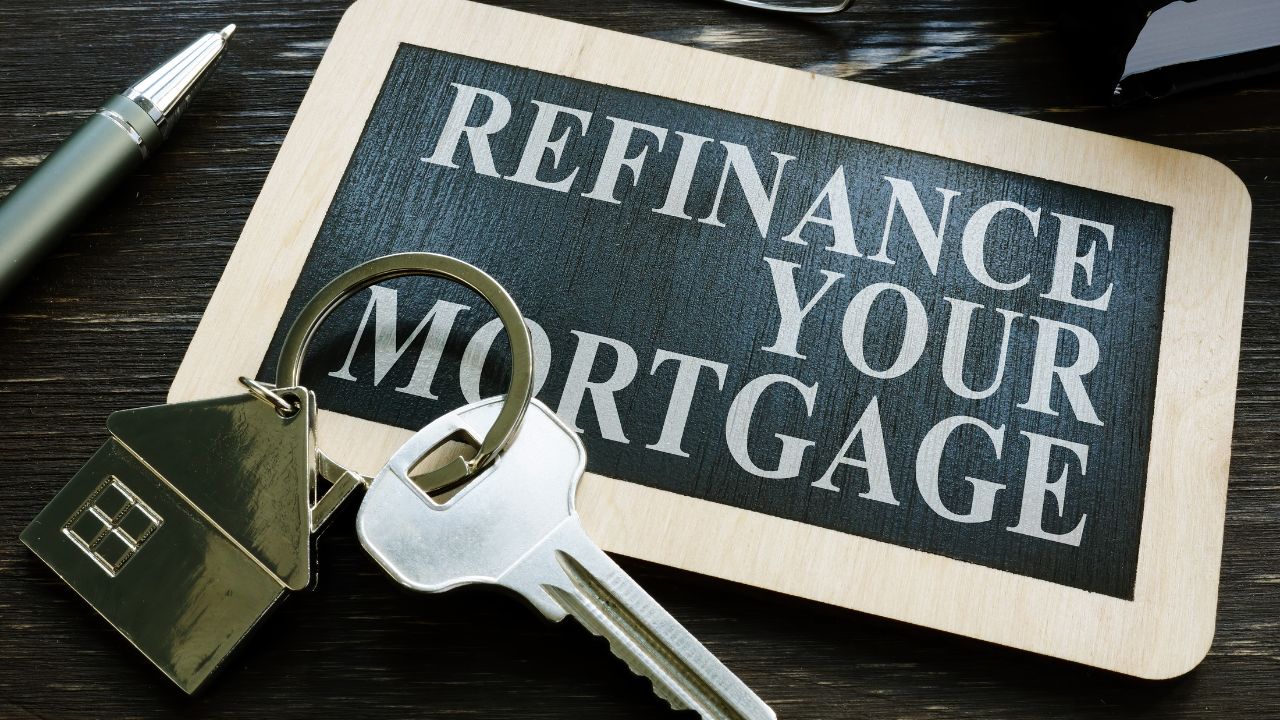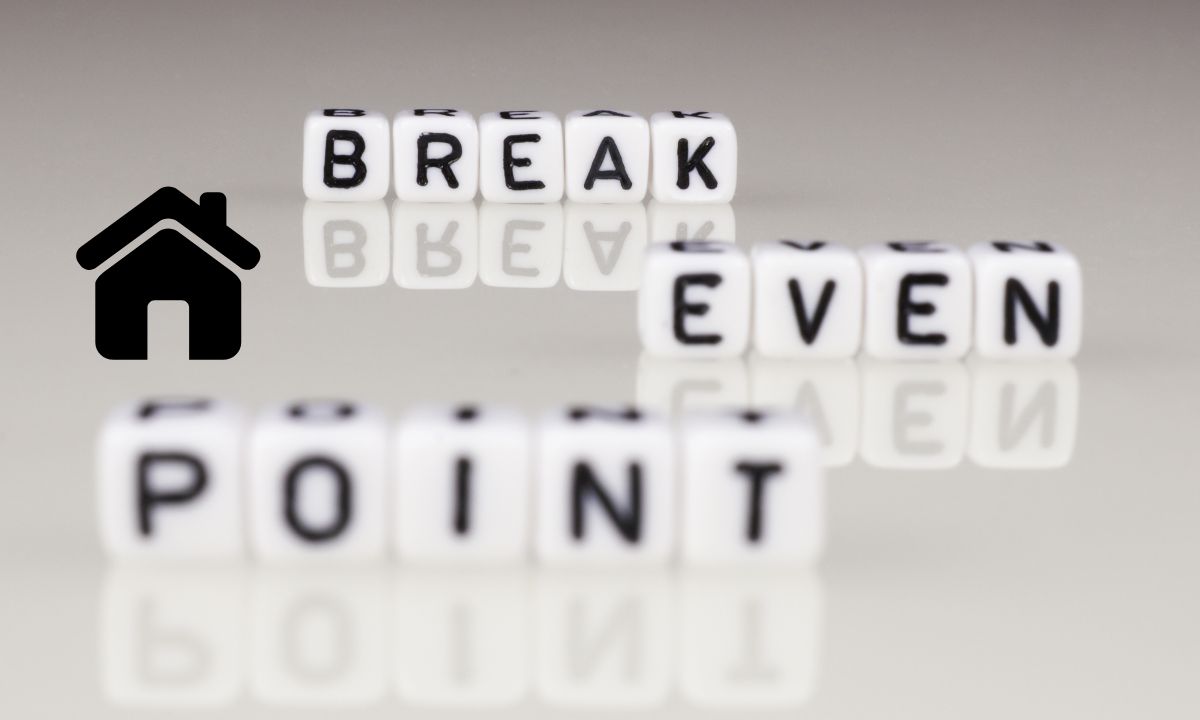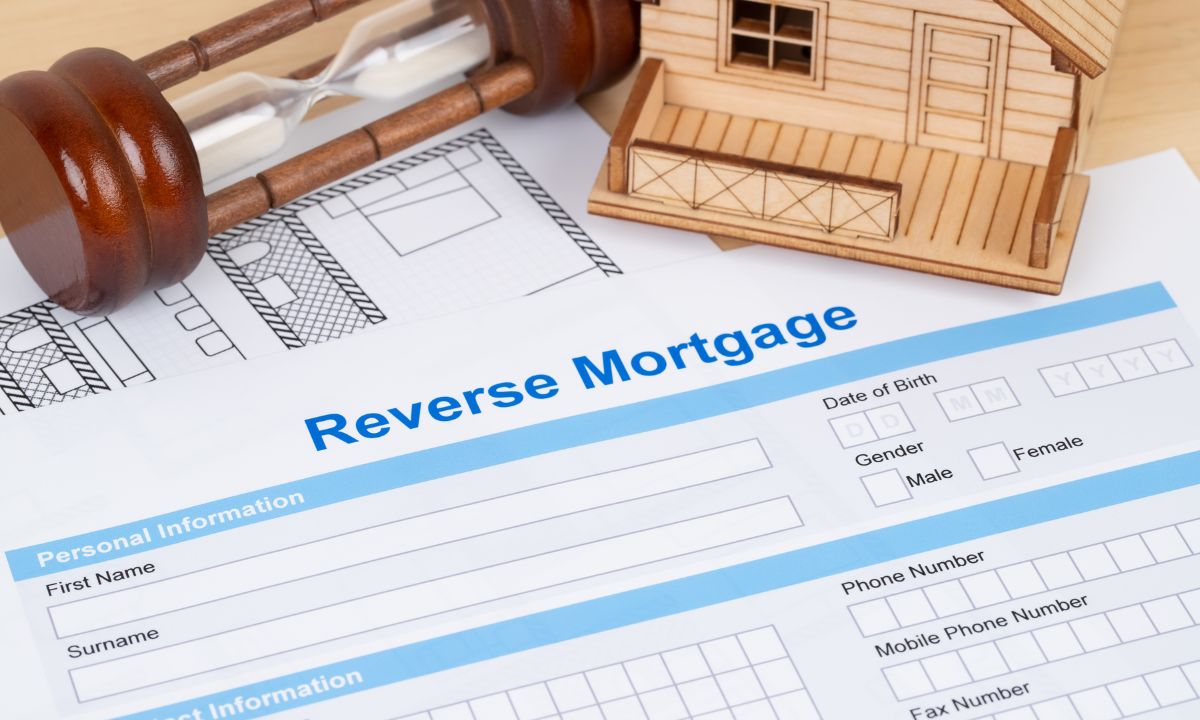How to Refinance Your Mortgage
 Refinancing your mortgage can be a strategic financial decision, enabling you to save money, access home equity, or adjust your loan terms to better suit your current financial situation. Here’s a detailed guide to help you understand the process and determine if refinancing is the right move for you.
Refinancing your mortgage can be a strategic financial decision, enabling you to save money, access home equity, or adjust your loan terms to better suit your current financial situation. Here’s a detailed guide to help you understand the process and determine if refinancing is the right move for you.
What is Refinancing?
Refinancing involves replacing your existing mortgage with a new one, often with the goal of:
-
Securing a lower interest rate.
-
Adjusting the loan term, either shortening or extending it.
-
Switching from an adjustable-rate mortgage (ARM) to a fixed-rate loan for more predictable payments.
-
Accessing home equity for major expenses like renovations, education, or debt consolidation.
It’s important to clearly define your financial goals before starting the refinancing process.
Steps to Refinance Your Mortgage
1. Review Current Interest Rates
One of the primary reasons homeowners refinance is to take advantage of lower interest rates. Even a small reduction in your rate can lead to significant savings over the life of your loan. For example, lowering your rate from 5 percent to 3.5 percent on a $250,000 loan could save you over $200 a month.
2. Evaluate Your Financial Health
Lenders will assess your financial profile to determine your eligibility for refinancing. Key factors include:
-
Credit Score: A strong credit score (typically 700 or higher) can help you qualify for the best rates.
-
Debt-to-Income (DTI) Ratio: Lenders prefer a DTI ratio under 43 percent, showing you can manage additional debt.
-
Home Equity: Most lenders require at least 20 percent equity in your home for a traditional refinance.
3. Compare Lenders and Offers
Not all lenders provide the same rates or terms, so it’s essential to shop around. Some lenders might offer lower closing costs, while others may provide better interest rates. A mortgage broker can help compare multiple options to find the best fit for your needs.
4. Understand the Costs
Refinancing comes with upfront expenses, including:
-
Closing Costs: These typically range from 2 to 5 percent of the loan amount.
-
Appraisal Fees: A new appraisal may be required to determine the current market value of your home.
-
Prepayment Penalties: Check if your current mortgage has fees for paying off the loan early.
Ensure that the potential savings from refinancing outweigh the costs. A good rule of thumb is to refinance if you plan to stay in the home long enough to recoup these expenses.
5. Gather the Necessary Documentation
To streamline the application process, have the following documents ready:
-
Pay stubs and W-2 forms or tax returns.
-
Recent bank statements.
-
Proof of homeowners insurance.
-
Information about your current mortgage.
6. Close the Loan
Once approved, you’ll finalize the new mortgage by signing the loan documents and paying any applicable closing costs. Your new lender will pay off your old mortgage, and your refinancing journey will be complete.
Benefits of Refinancing
Refinancing can offer several advantages, including:
-
Lower Monthly Payments: Reducing your interest rate or extending your loan term can make monthly payments more affordable.
-
Faster Loan Payoff: Switching to a shorter loan term allows you to pay off your mortgage faster, potentially saving thousands in interest.
-
Access to Equity: A cash-out refinance can provide funds for major expenses or debt consolidation.
Is Refinancing Right for You?
Refinancing can be an excellent financial tool, but it’s not suitable for everyone. Consider factors such as your financial goals, the costs of refinancing, and how long you plan to stay in your home.
Give us a call to explore your options and determine if refinancing is the right choice for your situation.
 Refinancing can help homeowners save money, but it’s essential to determine if the potential savings outweigh the upfront costs. One key tool in making this decision is calculating the refinance break-even point. This simple calculation reveals how long it will take for your monthly savings to cover the costs of refinancing. Here’s everything you need to know about determining when refinancing will pay off.
Refinancing can help homeowners save money, but it’s essential to determine if the potential savings outweigh the upfront costs. One key tool in making this decision is calculating the refinance break-even point. This simple calculation reveals how long it will take for your monthly savings to cover the costs of refinancing. Here’s everything you need to know about determining when refinancing will pay off. If you have a reverse mortgage loan, you might be curious about your options for refinancing. The good news is that yes, you can refinance a reverse mortgage, and doing so may offer several benefits depending on your unique financial situation. We will provide a detailed overview of refinancing a reverse mortgage, including reasons to consider it, eligibility requirements, costs, and important considerations.
If you have a reverse mortgage loan, you might be curious about your options for refinancing. The good news is that yes, you can refinance a reverse mortgage, and doing so may offer several benefits depending on your unique financial situation. We will provide a detailed overview of refinancing a reverse mortgage, including reasons to consider it, eligibility requirements, costs, and important considerations.